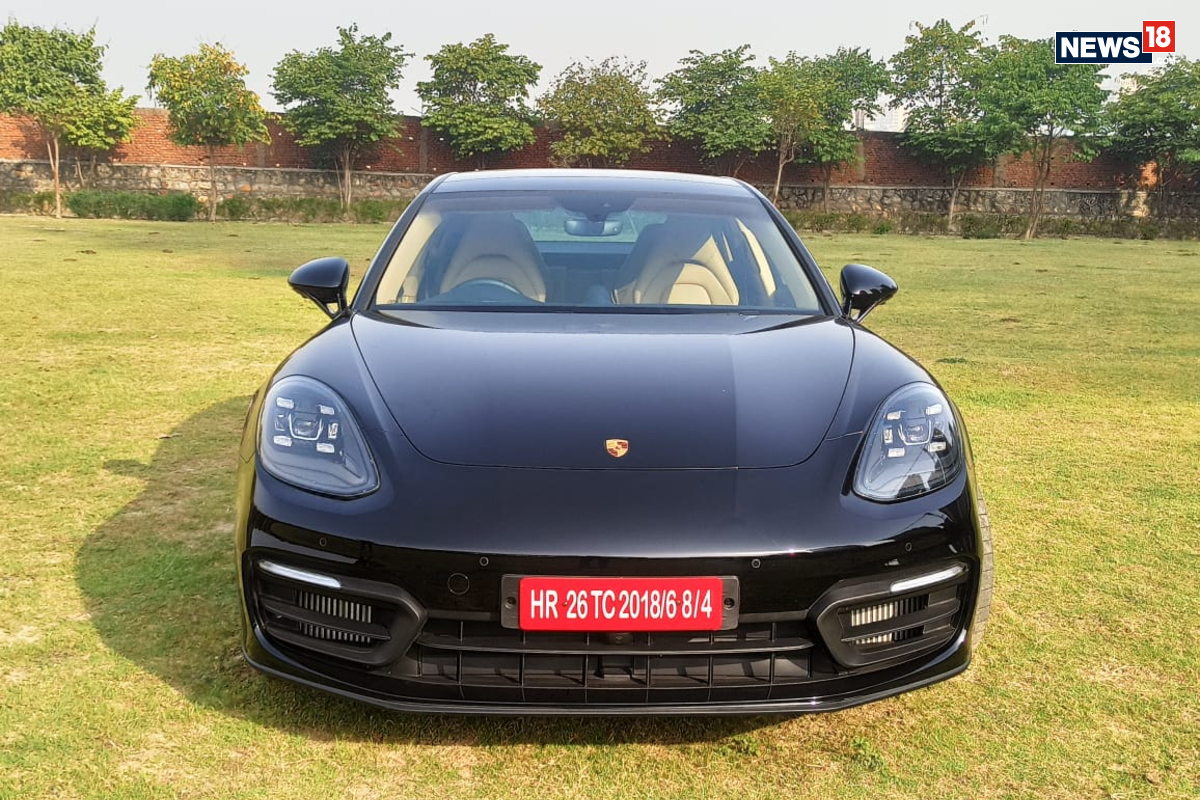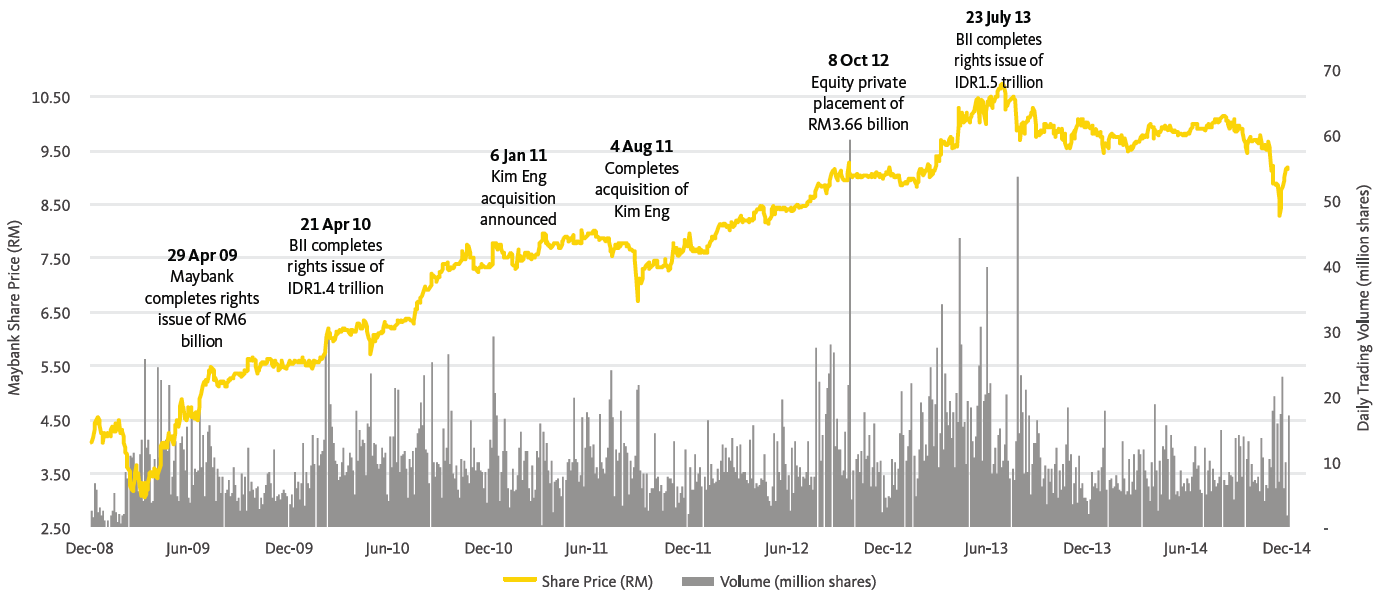Porsche's Struggle: Balancing Ferrari's Sportiness And Mercedes' Luxury In A Trade War Climate

Table of Contents
The Sportiness Conundrum: Matching Ferrari's Performance Legacy
Porsche's reputation is built on high-performance vehicles. However, Ferrari consistently sets the bar for raw, unadulterated speed and track performance. This presents a significant challenge for Porsche; how can it compete with a brand so deeply rooted in motorsport heritage and uncompromising performance?
Performance Expectations:
- Pushing Engineering Boundaries: Porsche needs to consistently innovate and push engineering boundaries to compete with Ferrari's cutting-edge technology. This includes advancements in engine design, focusing on areas like hybrid powertrains and lightweight materials, as well as improvements in aerodynamics for enhanced downforce and reduced drag.
- Balancing Drivability and Track Performance: Maintaining a balance between everyday drivability and extreme track performance is a delicate act. Porsche must engineer vehicles that are both thrilling on the race track and comfortable enough for daily commutes. This requires sophisticated engineering solutions that optimize both power and handling.
- Motorsport Investment: Investment in motorsport, such as the commitment to Formula E, is crucial for maintaining a sporting image and attracting performance-focused customers. Success on the track translates directly to brand perception and desirability.
Marketing & Brand Positioning:
Emphasizing the nuanced difference between "sportiness" and "performance" in their marketing campaigns is key to differentiating Porsche from Ferrari. While Ferrari focuses purely on raw speed, Porsche can position itself as providing a more holistic and well-rounded driving experience.
- Highlighting All-Around Capabilities: Porsche's marketing should highlight its all-around capabilities, including daily driving comfort, advanced technology features, and practical aspects like passenger space and cargo capacity.
- Strategic Collaborations: Collaborations with performance-focused brands in other sectors (e.g., sportswear, technology) can enhance Porsche's image in the sports car market and reach new customer segments.
- Showcasing Technological Innovation: Porsche should showcase its technological innovations, like hybrid and electric powertrains, as performance enhancements rather than solely environmentally conscious features. Highlighting the increased power and torque these technologies provide reinforces Porsche's commitment to performance.
The Luxury Dilemma: Competing with Mercedes-Benz's Opulence
Mercedes-Benz is renowned for its lavish interiors, advanced technology, and overall luxurious feel. This presents another significant challenge for Porsche: how can it compete in the luxury segment without losing its performance-oriented identity?
Luxury Features and Craftsmanship:
- Elevating Interior Design: Porsche needs to continuously elevate its interior design, using higher-quality materials and crafting more luxurious cabins. This includes improvements in seating comfort, advanced infotainment systems, and the use of premium materials.
- Technological Advancements: Investing in cutting-edge infotainment systems and driver-assistance technologies is vital to keep pace with Mercedes-Benz's offerings. These features are critical for enhancing the overall luxury experience.
- Bespoke Customization: Offering bespoke customization options allows customers to create truly unique vehicles, providing a more exclusive and luxurious experience. This caters to the desires of discerning customers seeking personalization.
Pricing and Market Segmentation:
Careful pricing strategies are crucial to avoid direct competition with Mercedes-Benz in the luxury segment while maintaining brand exclusivity.
- Niche Market Targeting: Targeting niche markets with specialized models, such as high-performance SUVs or limited-edition vehicles, allows Porsche to command premium prices and maintain a sense of exclusivity.
- Leveraging Heritage: Highlighting the heritage and history of the Porsche brand – its motorsport victories and iconic models – helps to justify higher pricing and positions the brand as a symbol of automotive excellence.
- Strategic Partnerships: Strategic partnerships with luxury brands outside the automotive industry could enhance brand perception and cross-promote luxury goods, associating Porsche with a broader image of upscale living.
Navigating the Global Trade War Landscape
The global trade environment presents significant challenges to Porsche's operations. Trade wars and tariffs impact supply chains, increase costs, and create uncertainty in global markets.
Supply Chain Disruptions:
- Supply Chain Diversification: Diversifying supply chains to mitigate risks associated with trade wars and geopolitical instability is crucial for ensuring a stable supply of parts and materials. This might involve sourcing components from multiple regions.
- Alternative Manufacturing Locations: Exploring alternative manufacturing locations or establishing partnerships with manufacturers in different countries helps reduce dependence on any single region.
- Technological Solutions: Investing in technological solutions to improve efficiency and reduce reliance on external factors, such as automation and advanced manufacturing techniques.
Market Volatility and Consumer Confidence:
Uncertainty in the global economy directly impacts consumer spending and demand for luxury goods, including high-performance vehicles.
- Flexible Pricing Strategies: Flexible pricing strategies are essential to adapt to market fluctuations and maintain competitiveness without sacrificing profit margins.
- Brand Building and Loyalty: Focusing on long-term brand building and fostering customer loyalty helps maintain sales during periods of economic uncertainty.
- Continued R&D Investment: Investing in research and development to remain at the forefront of automotive innovation ensures Porsche continues to offer desirable and cutting-edge products.
Conclusion:
Porsche's struggle to balance Ferrari's sportiness and Mercedes-Benz's luxury is a complex challenge, further complicated by the uncertainties of the global trade landscape. Success depends on strategic innovation in design, technology, and marketing, coupled with astute management of supply chains and market fluctuations. By focusing on its unique heritage and consistently exceeding performance expectations while simultaneously enhancing luxury features, Porsche can navigate this challenging terrain and solidify its position as a leader in the high-performance automotive market. Understanding Porsche's Struggle and its multifaceted nature is crucial for both the company and automotive enthusiasts alike. Learn more about the strategies Porsche employs to overcome these challenges and continue to thrive.

Featured Posts
-
 Deadline Approaching Big Bear Ai Bbai Investors Contact Gross Law Firm
May 21, 2025
Deadline Approaching Big Bear Ai Bbai Investors Contact Gross Law Firm
May 21, 2025 -
 Espn Uncovers Key To Bruins Franchise Defining Offseason
May 21, 2025
Espn Uncovers Key To Bruins Franchise Defining Offseason
May 21, 2025 -
 545 Million Economic Zone Investment Facilitated By Maybank
May 21, 2025
545 Million Economic Zone Investment Facilitated By Maybank
May 21, 2025 -
 Us Couples Antiques Roadshow Appearance Results In Uk Arrest
May 21, 2025
Us Couples Antiques Roadshow Appearance Results In Uk Arrest
May 21, 2025 -
 How Michael Strahans Interview Strategy Won The Ratings Game
May 21, 2025
How Michael Strahans Interview Strategy Won The Ratings Game
May 21, 2025
Latest Posts
-
 Benjamin Kaellman Maalivire Huuhkajien Apuna
May 21, 2025
Benjamin Kaellman Maalivire Huuhkajien Apuna
May 21, 2025 -
 Kaellmanin Kehitys Maaleja Ja Kokemusta Huuhkajille
May 21, 2025
Kaellmanin Kehitys Maaleja Ja Kokemusta Huuhkajille
May 21, 2025 -
 Kaellmanin Siirto Huuhkajiin Odotukset Ja Toiveet
May 21, 2025
Kaellmanin Siirto Huuhkajiin Odotukset Ja Toiveet
May 21, 2025 -
 Huuhkajat Saavat Vahvistusta Benjamin Kaellmanin Kehitys
May 21, 2025
Huuhkajat Saavat Vahvistusta Benjamin Kaellmanin Kehitys
May 21, 2025 -
 Glen Kamara Ja Teemu Pukki Vaihtopenkillae Friisin Avauskokoonpano Yllaettaeae
May 21, 2025
Glen Kamara Ja Teemu Pukki Vaihtopenkillae Friisin Avauskokoonpano Yllaettaeae
May 21, 2025
